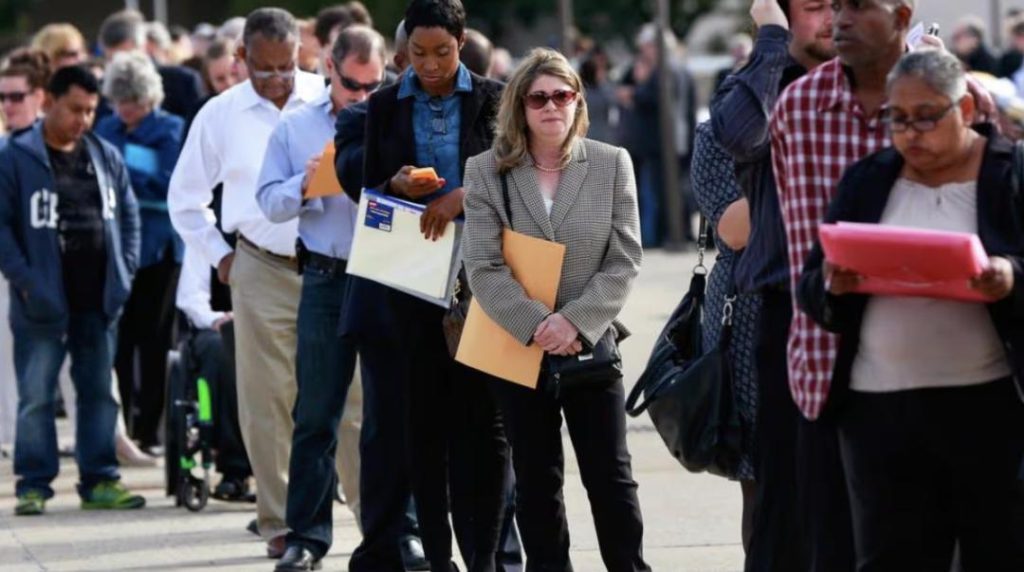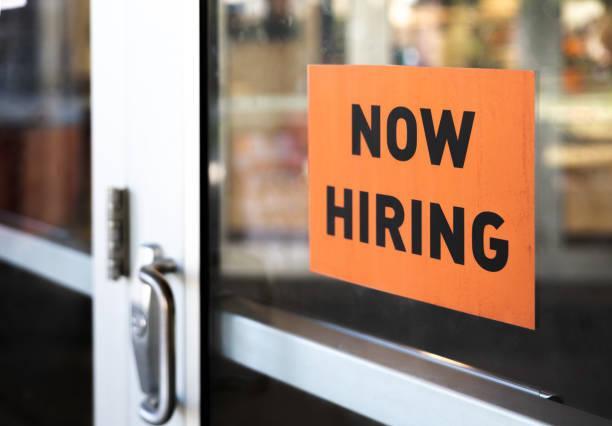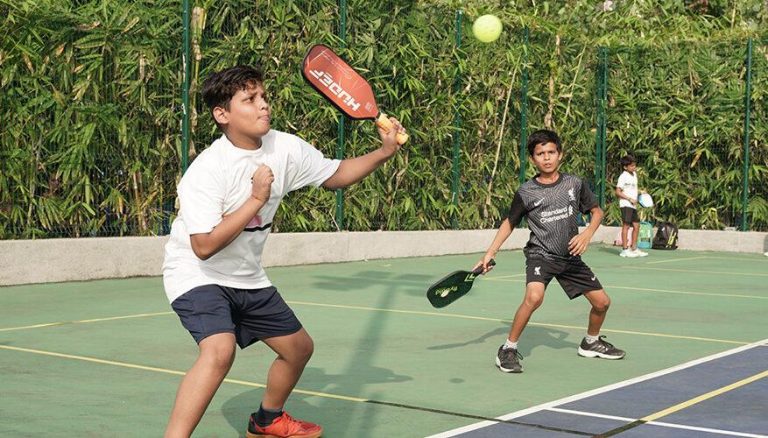
Americans, non-Americans both struggling to get jobs in US
The United States, often considered a hub of economic opportunity, is facing a daunting reality: a tough job market that’s leaving both American and international students struggling to find employment. The challenges are multifaceted, with rising unemployment, underemployment, and the threat of visa crackdowns, political scrutiny, and AI-driven job losses all contributing to a perfect storm of uncertainty.
For American graduates, the picture is bleak. The unemployment rate for individuals aged 20-24, the age range of many recent college graduates, has been steadily rising since 2020, reaching a peak of 8.4% in 2022 (BLS, 2022). Meanwhile, underemployment, defined as working part-time or in a job that doesn’t require a degree, remains a significant issue. A survey by the National Association of Colleges and Employers found that in 2022, only 23.5% of graduates were employed full-time in their field of study (NACE, 2022).
But for international students, particularly those from India, the situation is even more dire. The tightening of visa regulations, coupled with increased political scrutiny and AI-driven job losses, has made it increasingly difficult for them to find employment in the US. The OPT (Optional Practical Training) program, designed to provide temporary work authorization for international students, has been facing uncertainty in recent years. The program’s future is far from guaranteed, leaving international students with a sense of unease and insecurity.
In 2020, a report by the National Foundation for American Policy found that the OPT program was facing a significant threat, with some lawmakers pushing for its elimination or significant reform (NFAP, 2020). Since then, the situation has only become more precarious. In 2022, the US Department of Homeland Security announced plans to reduce the number of international students eligible for OPT, citing concerns over job displacement and national security (DHS, 2022).
For Indian students, the situation is particularly challenging. According to a report by the Indian Express, the US has been cracking down on Indian students, with many facing difficulties in obtaining visas and extensions (IE, 2022). The report highlights cases of students being denied visas due to minor errors on their applications, such as incorrect formatting or missing documentation.
Furthermore, the rise of AI-driven job losses has added an extra layer of complexity to the job market. According to a report by the McKinsey Global Institute, up to 800 million jobs could be lost worldwide due to automation by 2030 (MGI, 2017). This has significant implications for both American and international students, who are already struggling to find employment in a competitive market.
The uncertainty surrounding OPT and the visa crackdown has also led to renewed stress and anxiety among international students. The threat of deportation and the inability to work in their field of study has left many feeling trapped and hopeless. A survey by the International Student Association found that 70% of international students reported feeling anxious or depressed due to their uncertain immigration status (ISA, 2022).
To make matters worse, the student loan debt crisis in the US has been revived, with many graduates struggling to pay off their debts. According to a report by the Federal Reserve, outstanding student loan debt in the US has reached a staggering $1.7 trillion (FRB, 2022). This has significant implications for both American and international students, who are often unable to secure employment in their field of study due to the lack of job opportunities.
In conclusion, the job market in the US is facing a perfect storm of challenges, with both American and international students struggling to find employment. The uncertainty surrounding OPT, visa crackdowns, and AI-driven job losses has created a sense of unease and insecurity among international students, particularly those from India. The revival of student loan debt collections has added an extra layer of complexity, leaving many graduates feeling trapped and hopeless. As the US continues to navigate these challenges, it is essential that policymakers and educators work together to provide support and guidance to students, ensuring that they have the best possible chance of success in the job market.
News Source:
https://trak.in/stories/both-americans-non-americans-struggling-to-get-jobs-in-us/






